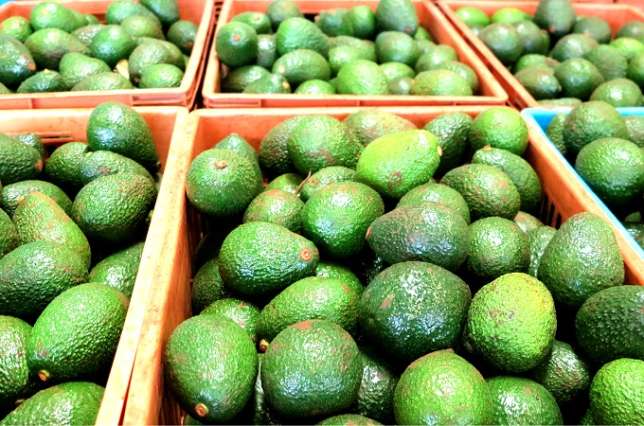
Kenya’s avocado production experienced an 11.2 percent decline in 2024, falling to 562 thousand metric tons (TMT) due to reduced rainfall. Despite this, a recovery is expected in 2025, with production forecasted to increase by 4 percent to reach 585 TMT. This growth will be driven by an expansion in avocado cultivation, an increase in yield, and improvements in quality control.
Government incentives, including the provision of high-quality seedlings and farmer training, are expected to boost the planted area by 6 percent, reaching 34,000 hectares.
The demand for Kenyan avocados continues to rise, leading to an 11 percent increase in export value in 2024, which is estimated to reach $159 million. Although production volumes are expected to grow, competition from other major producers such as Mexico, Peru, and Colombia has put pressure on the quality of Kenyan avocados. Kenya remains Africa’s largest producer, with the country’s avocado exports projected to grow by 5 percent in 2025, reaching 135 TMT. This will be supported by expanded market access to countries like Iraq, South Korea, and India.
Avocados in Kenya are primarily grown by smallholder farmers, who make up about 70 percent of the country’s avocado producers. These farmers manage small plots of land, typically between 10 to 20 trees per homestead. The avocado farming sector is concentrated in over 30 counties, including Murang’a, Kiambu, and Nakuru, which have the ideal ecological conditions for avocado cultivation. The country’s tropical climate, with well-distributed rainfall and moderate temperatures, supports year-round harvesting, with peak seasons from March to August and October to December.
